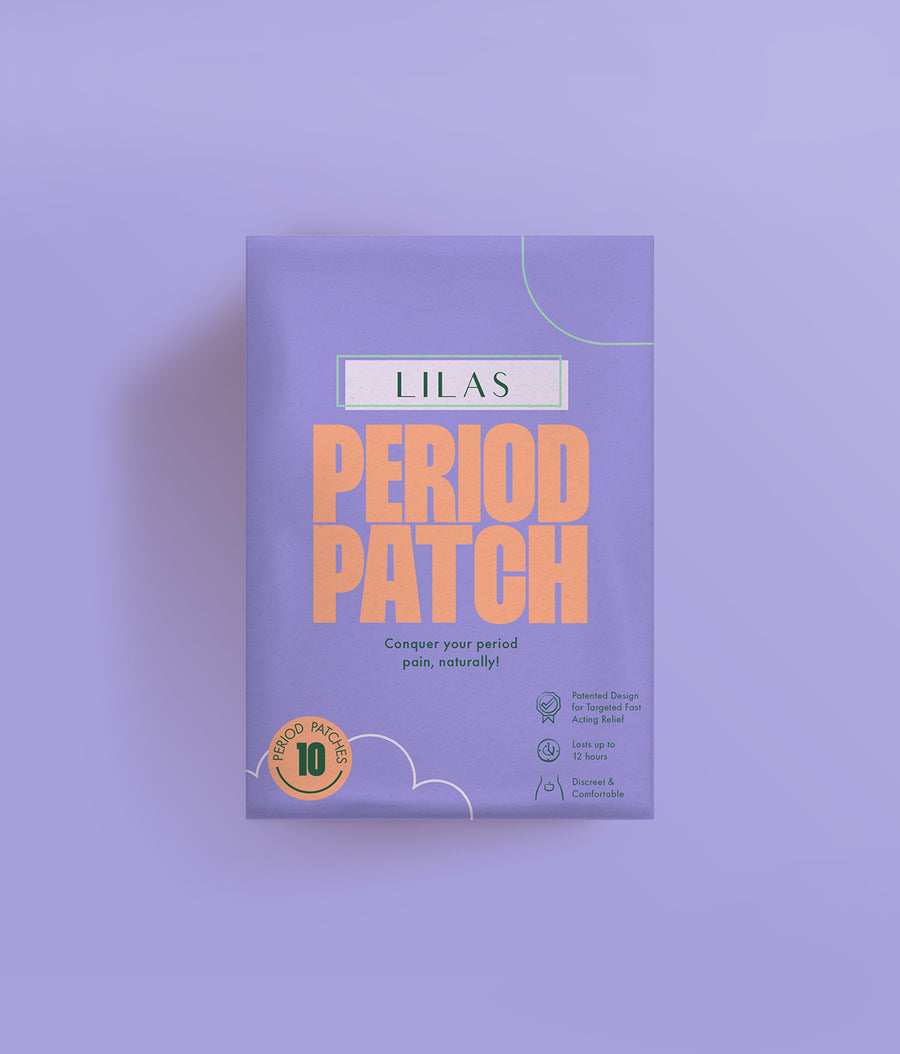The Science Behind Menthol for Pain Relief
Menthol is the active ingredient inside of our LILAS Feminine Pain Relief Patches. Extracted in crystalized form from natural mint oils, menthol is an accessible compound that can play a revolutionary and sustainable role in expanding wellness solutions. Unsurprisingly, menthol is most prominently used for pain relief because of its analgesic properties. In fact, people have been using menthol, typically within mint oil or mint leaves, for thousands of years. For example, mint was listed as a valuable plant for treating stomach pains in an Ancient Egyptian text called Ebers Papyrus, which dates back to 1550 BC. Ancient Romans associated mint, and by extension menthol, with calming physical and spiritual pain relief that they put mint in their laurels to stimulate their minds and souls. By 1240 AD, mint was listed as an herbal remedy in Icelandic Pharmacopoeias, only becoming more popular in Europe and North America across the following centuries. With all that being said, the mechanisms behind menthol’s effectiveness have only very recently been researched and determined. Fortunately, we can now specifically articulate how menthol treats pain so well.
Menthol is an analgesic, meaning that it diminishes the experience of pain by diverting attention away from it with a cooling sensation. That seems straightforward enough. However, that begs the followup question of how menthol causes that cooling sensation. In a comprehensive study conducted in 2002, scientists were able to discover that topical menthol stimulates cold receptors by preventing calcium molecules from entering cells, shifting ion channels. In 2013, more specifically, scientists were able to pin down the main ion channel associated with this menthol-induced analgesic effect– TRPM8, which is found in neurons that respond to cold temperatures. Of course, the analgesic effect doesn't happen in isolation. Additional targets of menthol include the irritant receptor, TRPA1, which leads to positive cumulative effects in the body. For example, one study suggests that the menthol-induced cooling sensation is directly correlated with the increased release of serotonin, known for being a calming neurotransmitter. This makes sense in relation to our actual experience of the pain reduction. When we feel less pain, we notice a shift to feeling calmer and often better overall, involving complex components and mechanisms connected to the analgesic effect. Upon making these critical discoveries about menthol’s properties, scientists have continued to explore menthol’s topical application in comprehensive clinical trials. I’d highly recommend reading the studies thoroughly if you’re interested, especially if you’re a fellow biology enthusiast. The physiological components of natural pain relief are complicated, but also extremely fascinating.
At LILAS Wellness, we’re always intentional in doing our research and we bear all of this in mind as we ideate and implement natural solutions. We are excited to see the ways in which menthol and other natural ingredients can be used to create natural solutions for our everyday needs. While being in healthy dialogue with your physician, survey our pain relief patches and read our story on how we did the research to best address women’s pain needs. Here are some more sources for your interest:
- The role and mechanism of action of menthol in topical analgesic products–Journal of Clinical Pharmacy and Therapeutics
- Topical treatment in pain medicine: from ancient remedies to modern usage– Future Medicine
- Menthol topical– Drugs.com
- Pain Relief (Menthol) Topical Gel Dermatological Irritants-Counter-Irritant Formulations– WebMD


Leave a comment